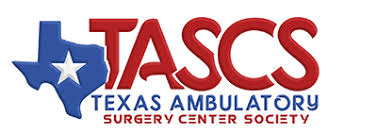ASC drill success hinges on preparation, adaptability, clear roles
Editor's Note
Running effective emergency drills in ambulatory surgery centers (ASCs) requires strategic resource use, role clarity, and consistent adaptation, Texas Ambulatory Surgery Center Society July 8 reports. Drawing on insights from Laura Schneider, senior clinical director at AMSURG, the piece outlines practical steps to ensure ASCs can respond effectively to a range of scenarios despite leaner staffing and fewer resources than hospitals.
As detailed in the article, Schneider emphasized starting with a hazard vulnerability assessment to evaluate disaster likelihood, risk, mitigation, and preparedness, helping ASCs identify strengths and gaps. She reviewed specific drill types, beginning with fire drills, where facilities must meet five key requirements and maintain thorough documentation, including sign-in sheets and post-drill evaluations to refine procedures.
Evacuation planning should consider patient mobility challenges, especially in multi-story facilities, Schneider noted. She recommended flexible stretchers, securing valuables when possible, and keeping an evacuation kit with essential medical supplies. For code blue scenarios, she recounted a real incident in which crash cart labeling caused delays, leading to the adoption of larger, simplified labels. To eliminate role confusion, some ASCs assign rotating “role cards” during drills so all staff can learn each position’s responsibilities. Staff should be encouraged to familiarize themselves with the code blue alarm sound in all facility areas.
Schneider also addressed less common but high-risk events. In cases of an incapacitated provider, staff should render aid only in life-or-death situations unless emergency services arrive, to avoid legal and clinical risks. Active shooter response training should follow the “run, hide, fight” model. Bomb threat procedures should treat all threats as credible. Schneider suggested installing panic buttons, practicing empathetic communication with the caller, and noting that many bombings have occurred historically.
According to the article, hazardous spill response is especially critical in ASCs using high-level disinfectants. Schneider advised having spill safety kits and using neutralizers before cleanup to prevent injury. Across all scenarios, she stressed the importance of calm, practiced responses, team debriefs, and drill modifications based on feedback. Regular, well-structured drills, she noted, bring ASCs closer to handling any crisis effectively.
Read More >>

 Free Daily News
Free Daily News